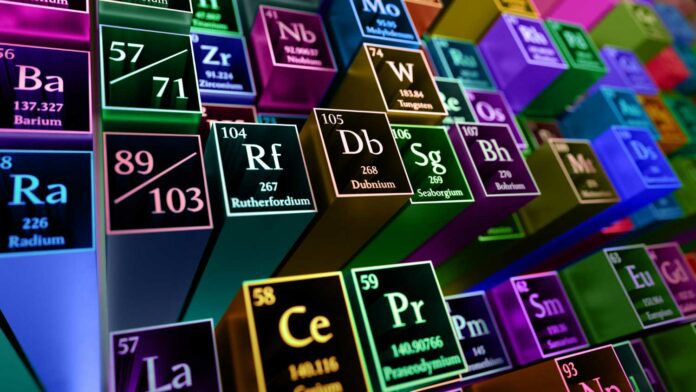In the early 1900s, scientists discovered that atomic nuclei weigh less than the sum of their protons and neutrons. This difference creates binding energy. Certain combinations of protons and neutrons create strong bonds, called “magic” numbers. Lead nuclei have a special arrangement with 82 protons and 126 neutrons, making them doubly magic.
Early theories suggested that nuclei with even more stable configurations could exist, forming an “island of stability” far from known elements. This island is depicted as a distant island in many illustrations. Scientists are revisiting this concept to explore the stability of superheavy nuclei and where it might lead us in our quest for new elements.
In a new study, scientists explored the current state of knowledge and the most critical challenges in the field of these superheavy elements. They also present vital considerations for future development.
Scientists have successfully created elements up to oganesson (element 118) in laboratory experiments conducted at facilities like GSI in Darmstadt and, in the future, at FAIR. However, these new elements are extremely unstable- they disintegrate within seconds. The lifetimes of these elements increase towards a particular neutron number called 184, suggesting a trend toward greater stability.
For example, copernicium (element 112), discovered at GSI, has a lifetime of less than a thousandth of a second, which increases to 30 seconds. However, reaching the neutron number 184 is still far off, so the 30 seconds is just one step forward. Due to uncertainties in theoretical predictions, it needs to be clarified where the most extended lifetimes will occur or how long they will be. Nevertheless, scientists have a consensus that truly stable superheavy nuclei are unlikely to exist.
This discovery prompts a reevaluation of the landscape of superheavy elements in two significant ways. Firstly, it confirms the existence of an area with enhanced stability, akin to an “island” as previously theorized. However, the exact size and characteristics of this region remain uncertain. Questions linger about the maximum lifetimes of these elements and where the most stable configurations will be found.
The study delves into various nuclear and electronic structure theory aspects pertinent to superheavy elements. This includes discussions on their synthesis and detection in laboratories or astrophysical events, their structural properties and stability, and their placement within the periodic table.
The study of superheavy elements remains a crucial focus at GSI Darmstadt, backed by infrastructure and expertise from HIM and Johannes Gutenberg University Mainz. In the past decade, significant progress has been made, including confirming element 117 and discovering the relatively stable isotope lawrencium-266.
Researchers have also explored their nuclear and atomic structures, chemical properties, and even their production in cosmic events like neutron star mergers. Looking ahead, the new linear accelerator HELIAC promises to enhance research efficiency, potentially enabling the exploration of even more exotic and longer-lived nuclei.
Journal Reference:
- Smits, O.R., Düllmann, C.E., Indelicato, P. et al. The quest for superheavy elements and the limit of the periodic table. Nat Rev Phys 6, 86–98 (2024). DOI: 10.1038/s42254-023-00668-y
- Christoph E. Düllmann EMAIL logo , Michael Block , Fritz P. Heßberger et al. Five decades of GSI superheavy element discoveries and chemical investigation. Radiochimica Acta. DOI: 10.1515/ract-2022-0015
